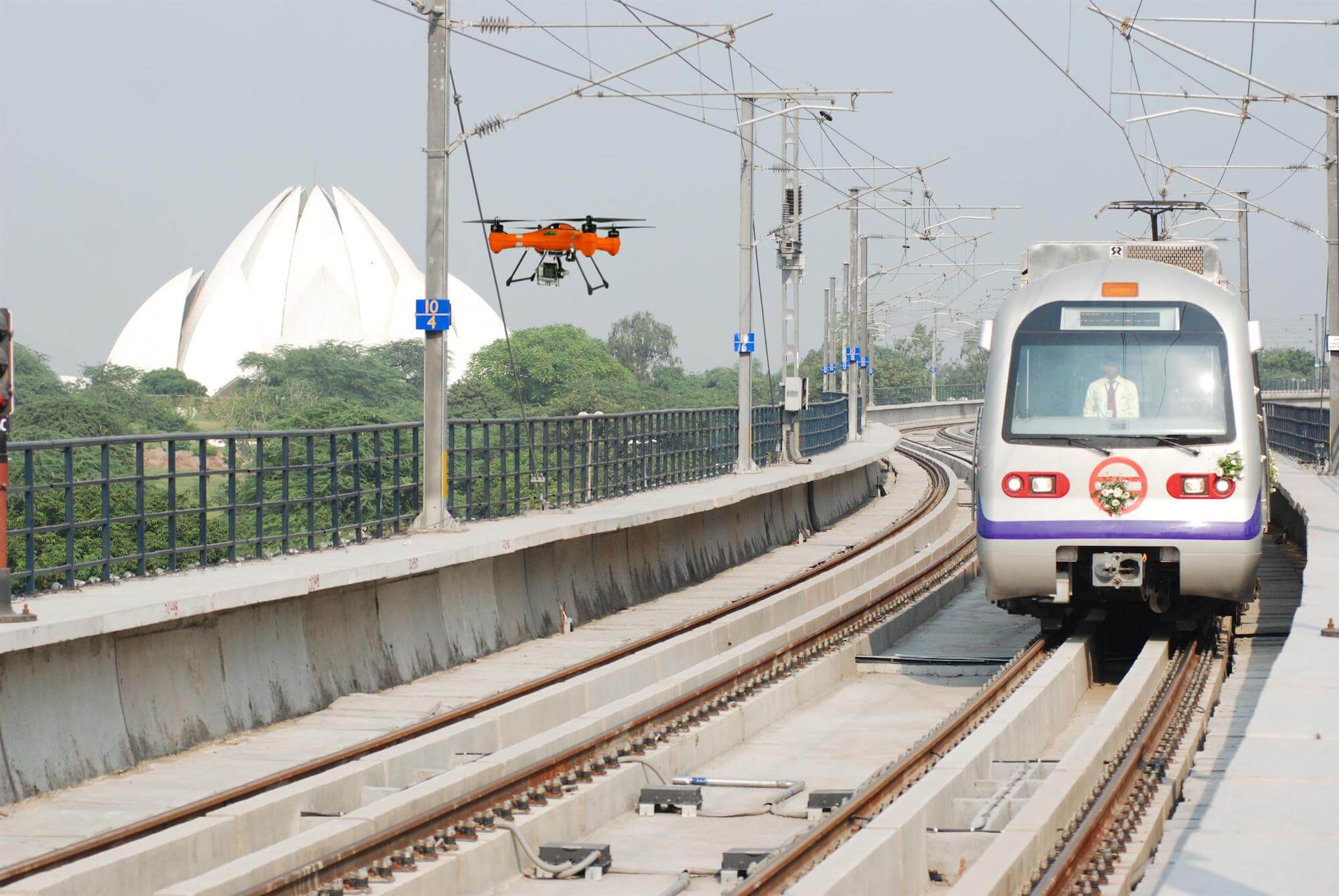



In the last decade, there is a technology revolution that has disrupted the world with its ability to connect physical devices with Internet and has given them the power to become a smart device to better serve. We are talking about IoT and products like drones, are few of the amazing IoT products that are developed and commercialized in few countries. But still, a country like India, use of drones by civilians is currently restricted by the Directorate General of Civilian Aviation.
There are good chances that the regulation related to drone will be changed in future and industries like logistics, agriculture, medical emergency services will take a huge benefit from drones. Drones offer low-cost, safe and quick aerial surveys for data collection. This is useful for above-mentioned industries and other industries like monitoring of civil projects, power, mining, realty, oil and gas exploration, railways and highways. With big data and tools such as 3D modelling, businesses can simulate and analyze varied situations.
Drones, that were initially used for filming and were allegedly titled as, just Great TOYS! With the use of cognitive computing along with image processing and analytics, can be put to multiple uses in multiple domains.
In this article, we are doing to discuss an applicable scenario for Drones into Indian Railway. This concept is written for Indian railway, however, it can be applied anywhere.
Indian Railways is one of the world’s largest railway networks, with 115,000 kms of tracks and a route of 65,000 kms. Indian Railways carry more than 25 million passengers every day, more than the entire population of Australia. Indian Railway runs more than 20,000 passenger trains daily, on both long-distance and suburban routes, from 7,349 stations across India.
No matter how careful and strict the Indian Railway will be in regulation for people to cross tracks and maintaining tracks for safety, accidents still happen due to human mistakes or mechenical. In 2018 we have seen the same unfortunate incident we have seen in Amritsar recently where over 60 people lost their lives in a train accident when a train mowed down people who were watching Ravana effigy burning on railway tracks.
In last three years, 50,000 people died on tracks after being hit by trains Deaths on railway tracks occur due to trespassing, violating safety and cautionary instructions, avoiding over bridges, using mobile phones and other electronic gadgets while crossing railway tracks
In the age of technology disruption and digital revolution, we can find better ways to stop this.
Drones are now capable of having a camera and can fly at good speed now and can have a processing unit to process the captured data from the camera. And using object recognition or computer vision technique we are now able to identify objects in images or videos. Yes, We are talking about flying a drone ahead of the train and monitor the track
The drone will capture the images of track ahead of the train and will process it in real time and will send data back to the train. Using the latest technology we can now identify that if there is any person or animal on the track or even any object which can cause possible damage. The aim of this project is to provide automated techniques for track inspection in real time to stop any possible human or animal death on a railway track.
Secondary usage of the project
Images and generated data obtained from the drone can be analyzed which gives useful information about the health of the rail tracks which are right now a manual process. The method will improve efficiency, objectivity, and accuracy in the inspection system which is often unattainable through human inspection. Researchers at the Indian Institute of Technology, Roorkee, have developed a computer vision approach for the monitoring of railway tracks using drones and satellite data.
Initial development and deployment of technology will be difficult but we think that it is possible due to all the research done on computer vision and drones. And once completed and implemented it can save thousands of lives.
OpenAI DevDay showcases the latest AI innovations, pushing technology’s boundaries in an ever-evolving landscape.
Explore the top 10 database types for software projects, their unique features, and which one…
Explore PWAs: Your FAQs Guide to Integrating Camera, Geolocation & Device APIs. Harness native features…
General Understanding of PWAs and SEO 1. What is a Progressive Web App (PWA)? A…
Understanding Offline-First Approach Basics 1. What is the concept of "Offline-First" in the context of…
General Overview 1. What are cross-platform frameworks, and how do they relate to Progressive Web…